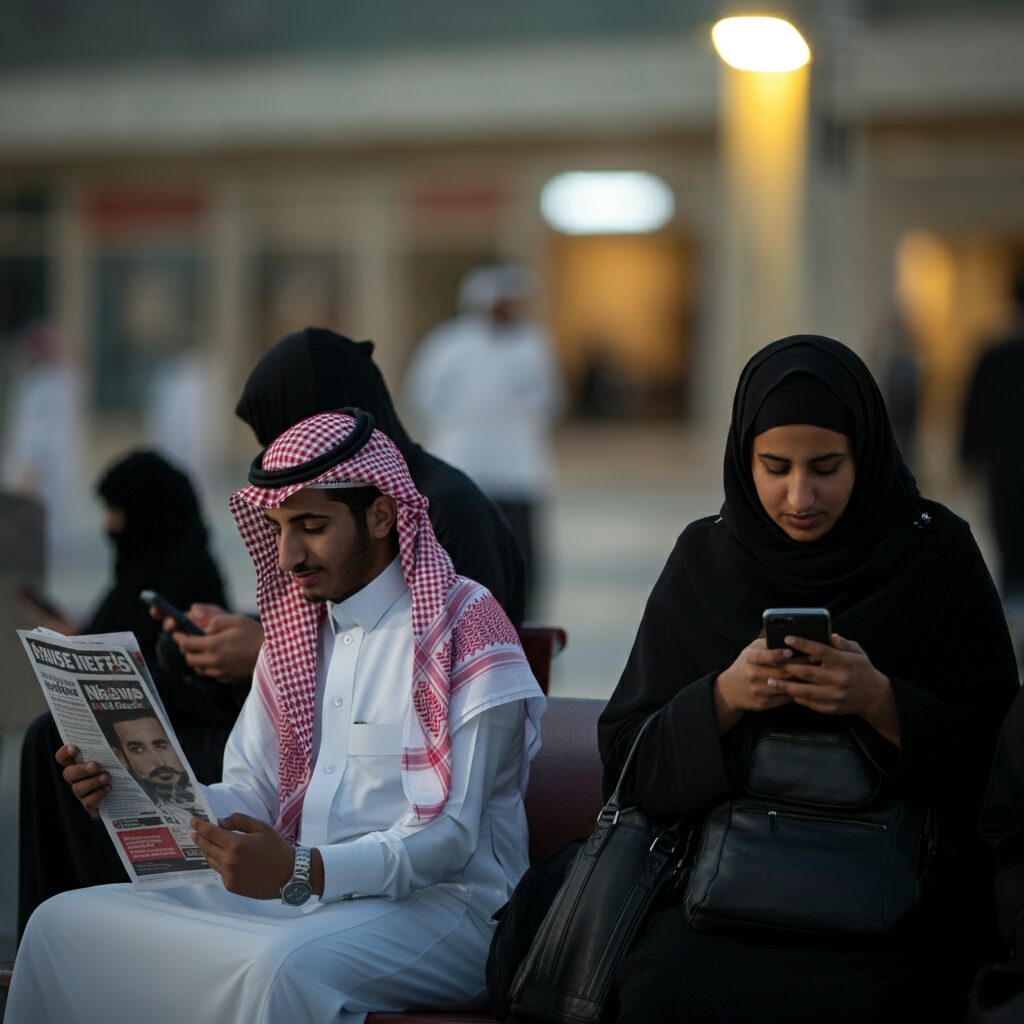
Unveiling Kyoto’s Cultural Tapestry: The World Culture Summit Signboard Beckons
Imagine yourself strolling through the ancient streets of Kyoto, the former imperial capital of Japan. The air is crisp, the scent of incense wafts from nearby temples, and the hushed tones of locals create an atmosphere of profound respect for tradition. As you round a corner, your eyes are drawn to a sign – not just any sign, but a “Signboard for the World Culture Summit.”
This unassuming piece of information, recorded in the 観光庁多言語解説文データベース (Japan Tourism Agency Multilingual Commentary Database) on April 20, 2025, at 12:43, is a gateway to understanding the deep significance and global influence of Kyoto’s cultural heritage.
What is the World Culture Summit Signboard?
While the database entry doesn’t explicitly specify the exact location or design of the signboard, its very existence speaks volumes. It likely marks a site related to the World Culture Summit, an event that likely celebrated and highlighted the artistic, historical, and intellectual treasures of Kyoto and, by extension, the world. It could be located near a significant cultural site, a museum, or even a venue that hosted the summit itself.
Why Should You Care? (And Why You Should Visit Kyoto)
The presence of this signboard signifies something far grander than just a past event. It represents Kyoto’s pivotal role in the global dialogue about culture and heritage. Here’s why this should make you want to book your trip to Kyoto:
-
A City Steeped in History: Kyoto isn’t just old; it’s a living, breathing museum. From the iconic golden pavilion of Kinkaku-ji to the serene bamboo forest of Arashiyama, every corner whispers tales of emperors, samurai, and geishas. The summit highlights Kyoto’s unparalleled historical significance, a place where ancient traditions are carefully preserved and passed down through generations.
-
A Center for Artistic Innovation: While rooted in tradition, Kyoto is also a hub of artistic innovation. From traditional crafts like pottery and weaving to contemporary art galleries and design studios, the city fosters a vibrant creative spirit. The World Culture Summit would undoubtedly have showcased the best of Kyoto’s artistic offerings, making the signboard a symbol of this dynamic blend of old and new.
-
A Place for Spiritual Reflection: The countless temples and shrines in Kyoto offer a sanctuary for contemplation and inner peace. Whether you’re participating in a traditional tea ceremony or simply wandering through a meticulously manicured Zen garden, you’ll find yourself immersed in an atmosphere of tranquility. The summit might have explored the spiritual dimensions of Kyoto’s culture, making the signboard a reminder of the city’s profound impact on the human spirit.
-
A Gateway to Understanding Japanese Culture: Kyoto is, in many ways, the heart of Japanese culture. By exploring its historical sites, engaging with its artistic traditions, and immersing yourself in its spiritual practices, you’ll gain a deeper understanding of the values, beliefs, and customs that shape Japanese society. The World Culture Summit likely aimed to promote this understanding on a global scale, making the signboard a beacon for cultural exchange.
Seeking Out the Signboard: An Adventure in Discovery
While the exact location remains a mystery without further information, seeking out the “Signboard for the World Culture Summit” can become a unique and rewarding quest. Consider these approaches:
-
Visit Major Cultural Sites: Start your search at famous landmarks like Kiyomizu-dera Temple, Fushimi Inari Shrine, and Nijo Castle. Look for signs that might reference the summit or provide information about its impact on the site.
-
Explore Museums and Cultural Centers: Visit museums dedicated to traditional arts, crafts, and history. They may have displays or exhibits related to the World Culture Summit.
-
Contact Local Tourism Offices: The Kyoto City Tourism Association or similar organizations may have information about the signboard’s location and the events surrounding the summit.
-
Engage with Locals: Don’t be afraid to ask locals about the World Culture Summit. They might have personal memories or insights that could lead you to the signboard.
More Than Just a Sign:
The “Signboard for the World Culture Summit” is more than just a marker; it’s an invitation to delve deeper into the rich cultural tapestry of Kyoto. It’s a reminder of the city’s global significance and its ongoing commitment to preserving and promoting its unique heritage. So, pack your bags, book your flight, and prepare to be captivated by the magic of Kyoto – a city where tradition and innovation intertwine to create an unforgettable travel experience. The quest for the signboard is just the beginning of your journey.
Unveiling Kyoto’s Cultural Tapestry: The World Culture Summit Signboard Beckons
The AI has delivered the news.
The following question was used to generate the response from Google Gemini:
At 2025-04-20 12:43, ‘Signboard for the World Culture Summit’ was published according to 観光庁多言語解説文データベース. Please write a detailed article with related information in an easy-to-understand manner, making readers want to travel.
11